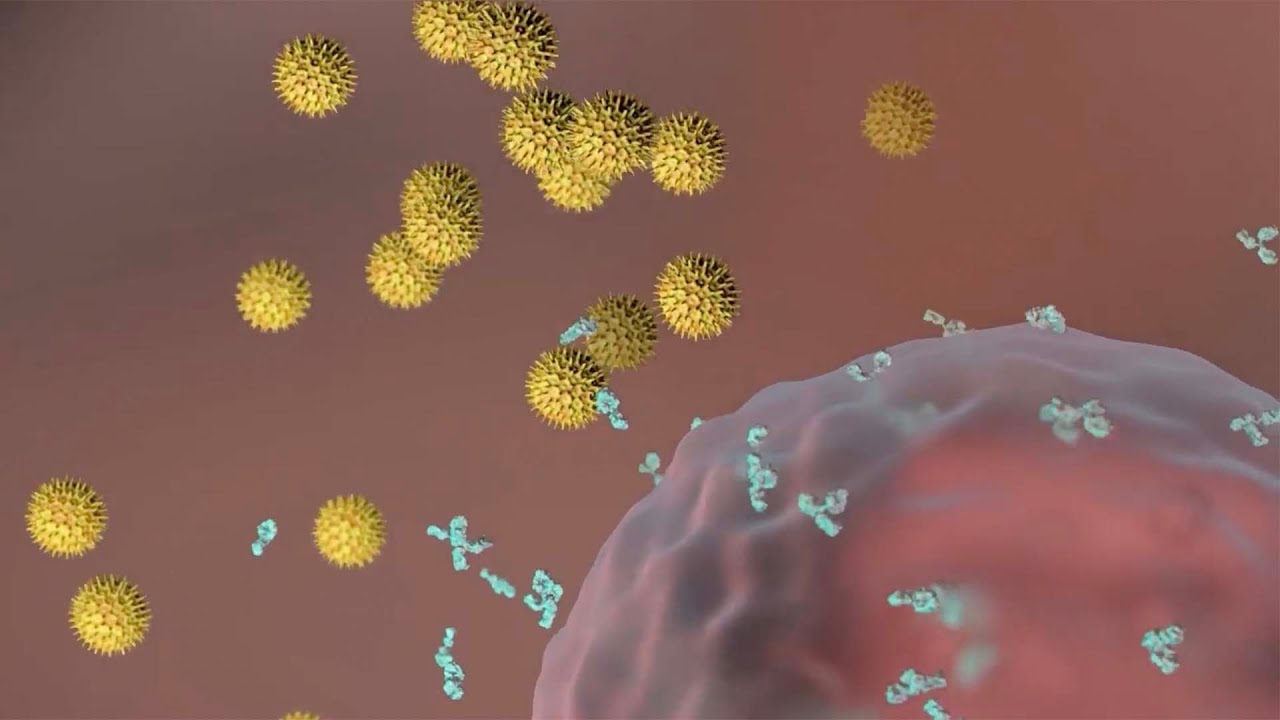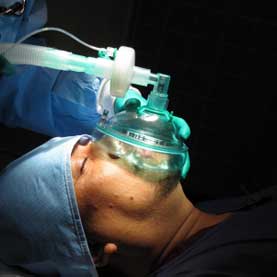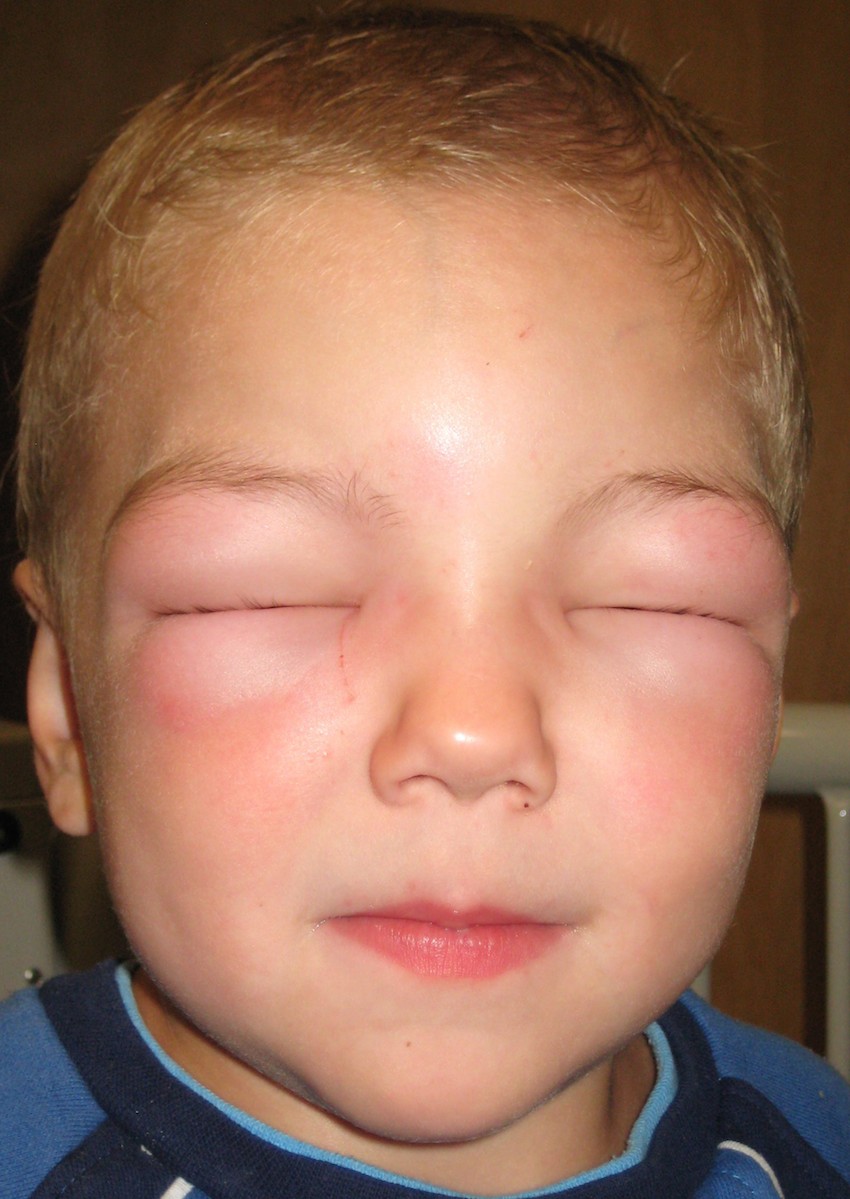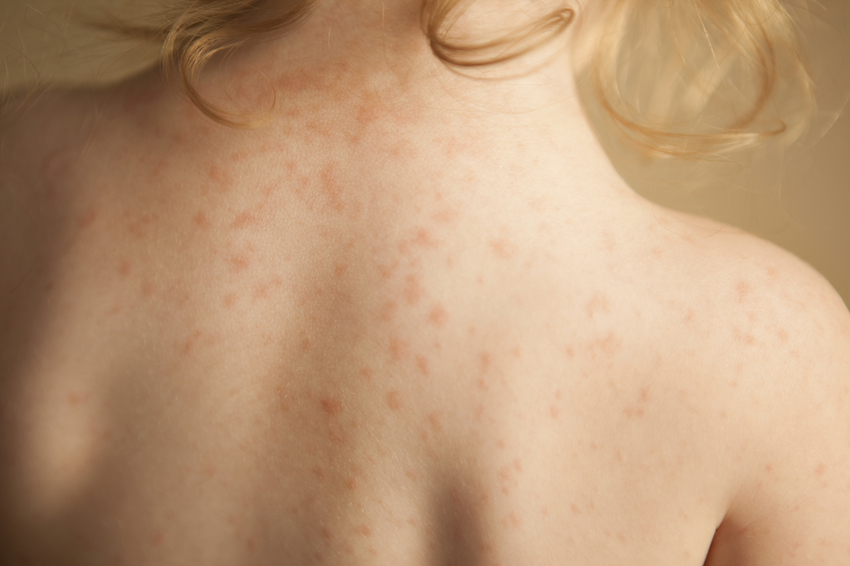The Allergy Content Hub Case Studies Channel
Case Study: Insect-Stings and Pediatric Anaphylaxis
A 12-year-old boy is brought to the emergency department after being stung by a bee. He had been well until he was stung on his right forearm, while playing in the yard. He initially complained of localized pain and swelling. Fifteen minutes later, he began to complain of shortness of breath. His parents observed him to be wheezing. He also said that he felt very weak and dizzy. His parents brought him immediately to the local emergency department.
Exam: VS T 37.1, P 120, R 39, BP 69/45. He is in mild respiratory distress. He is drowsy and pale, but awakens when you talk to him. He has generalized urticaria. He has no conjunctival edema. His lips and tongue are not swollen. His voice sounds normal. Heart tachycardic without murmurs. His lung examination shows mild wheezing and fair aeration with minimal retractions. His abdomen is soft and non-tender. His face is moderately pale. The bee sting site on his right forearm is unremarkable with no foreign body seen.
He appears to in early anaphylactic shock and he is immediately given subcutaneous epinephrine and an albuterol updraft with improvement of his symptoms. An IV is started, but since his condition is improving, he is not given IV epinephrine. He is given diphenhydramine IV, cimetidine IV, methylprednisolone IV, and an IV fluid bolus of normal saline. His urticaria resolves, his blood pressure normalizes and his lungs sound clear. After being observed in the ER for three hours, he feels as if he is back to normal. He is discharged from the ER on oral diphenhydramine and prednisone.
After the onset of the initial symptoms, symptoms may recur despite initial treatment. This recurrence of symptoms has been called biphasic anaphylaxis. In adults, the rates of biphasic anaphylactic reactions are between 5-20% and in children 6% (2,3). The differential diagnosis for anaphylaxis includes asthmatic attacks, vasovagal reactions, Scombroid fish poisoning (a histamine reaction), hereditary angioedema, systemic mastocytosis, vocal cord dysplasia, shock, metastatic carcinoid, serum sickness, panic attacks as well as the less severe acute allergic reactions.
The diagnosis of anaphylaxis is made clinically. Thus, it is important to rule out disorders mentioned in the differential diagnosis. There is some evidence that measuring a serum tryptase within 2 hours of an anaphylactic episode is helpful to diagnose anaphylaxis. However, the test is not available and is limited to research labs. The difference between anaphylaxis and anaphylactoid reaction to the clinician is not important since both are treated the same.
The primary immediate treatment of anaphylaxis is epinephrine. If a patient has a history of a previous severe reaction, then it is recommended that the epinephrine may be given immediately after contact or ingestion, with no waiting periods to see if a severe reaction will occur (5). Pediatric dosage for epinephrine is 0.01mg/kg up to a max dose of 0.5mg per dose or 0.5ml of 1:1000 SQ/IM Q15minutes for two doses and then Q4 hours as needed. The adult dosage is 0.2-0.5ml of a 1:1000 epinephrine solution. IM administration is faster than subcutaneous (SQ) (6). IV epinephrine is given for severe reactions in which patients are in severe shock. When in severe shock, the skin and muscle may not be adequately perfused, so SQ or IM epinephrine will not be absorbed sufficiently in the circulation unless it is given IV. It is usually recommended to prepare a dilute infusion of epinephrine calculated as 0.1 to 1.0 mcg/kg/min. This is cumbersome, time consuming and impractical for the patient who needs IV epinephrine immediately. Another practice is to utilize the 1 mg 1:10,000 epinephrine injector (1 mg diluted in 10cc), and inject this very slowly into the IV line, allowing the clinician to titrate the dose. Epinephrine is a dangerous drug, which will cause severe palpitations and/or dysrhythmias if it is given too fast. You could calculate the SQ/IM dose and administer only this dose IV between 2 to 10 minutes depending on the severity of the patient.
Read the study from the University of Hawaii School of Medicine.




